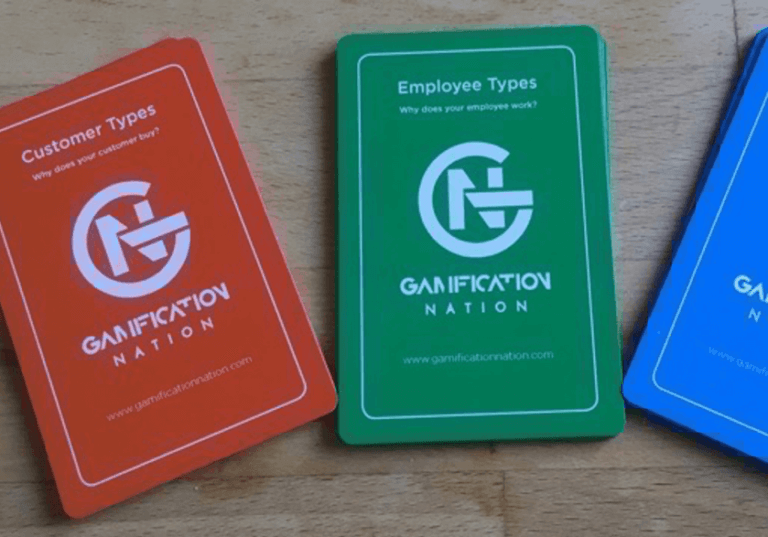In learning and gamification design, we may often have to work with what is considered “boring” material. Now, I challenge that, because for every person that calls some content boring there is typically also another who values it greatly. So there is more to this than meets the eye, in my view.
In each piece of content from compliance to science to history, art, etc. there is always an angle that makes it interesting. To unlock a sense of curiosity in the consumer of this content, takes effort in gaining an understanding of both sides of the boring fence and also of the reasons for consuming or having to consume the given material. We have often started with a very dry pdf document or powerpoint presentation and looked for a story.
Let’s take the subject of fraud prevention for example, to some off the charts boring and for others mighty important for everyone in a company to understand. The thing is most employees, don’t see how they could be stringed into fraudulent behaviour unknowingly. So the great interest peaking part here is to send them exactly down that slippery slope of doing a regular days work and yet acting fraudulently in a simulated story environment. I have to say, it made the content become real and relevant all of a sudden. The learning discussion after was something most fraud preventers would mostly dream of.
Another way of dealing with some of this subject matter is to create a storyline where the individuals have to deal with the aftermath of a situation gone wrong. They become the root cause detective, public relations manager and internal communications manager for the disaster in front of them. The more industry or company related examples you can bring in, the better. It gives a totally different perspective and possibly one most employees would never have considered.
This is where the storyline becomes the lead gamification dynamic and drives the conversation that follows.
The purpose of the story is to make people think and to force them to make choices. Choices that may seem innocent and yet could lead you down a dark road, where backing out becomes even more risky. Giving them the lead role of resolving the situation. All these elements aim to create a sense of “I wonder if this happened to me for real, what would I do?”. At this point you as the story teller unlock the potential to make a difference in awareness and hence the learner has the choice to adapt their behaviour and think twice in future.



